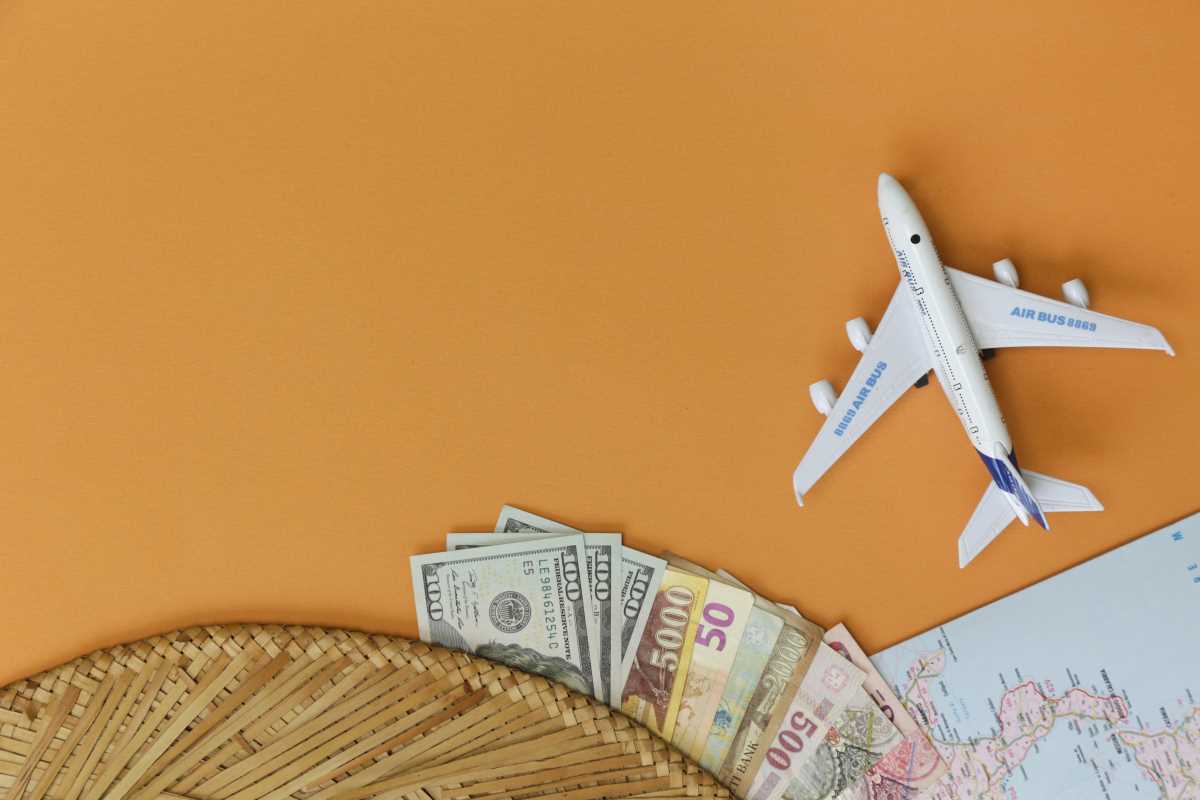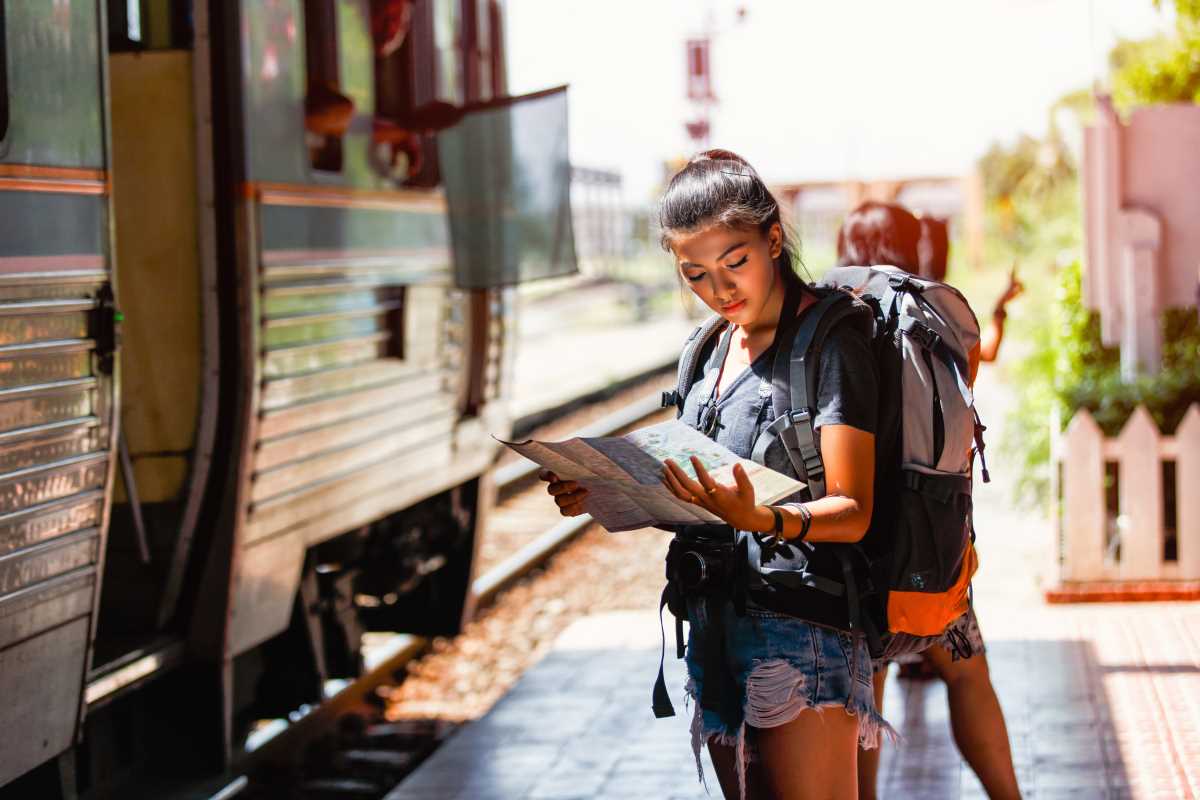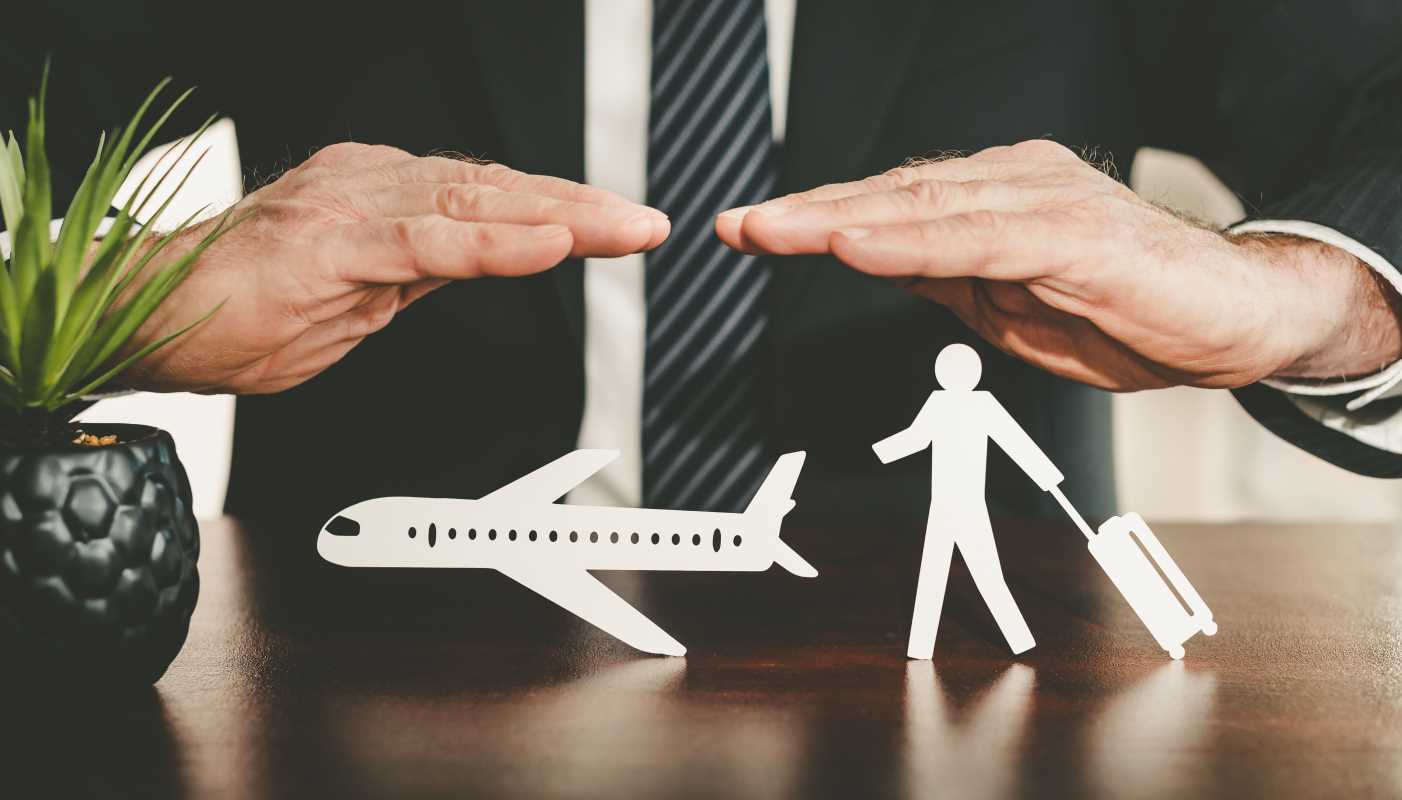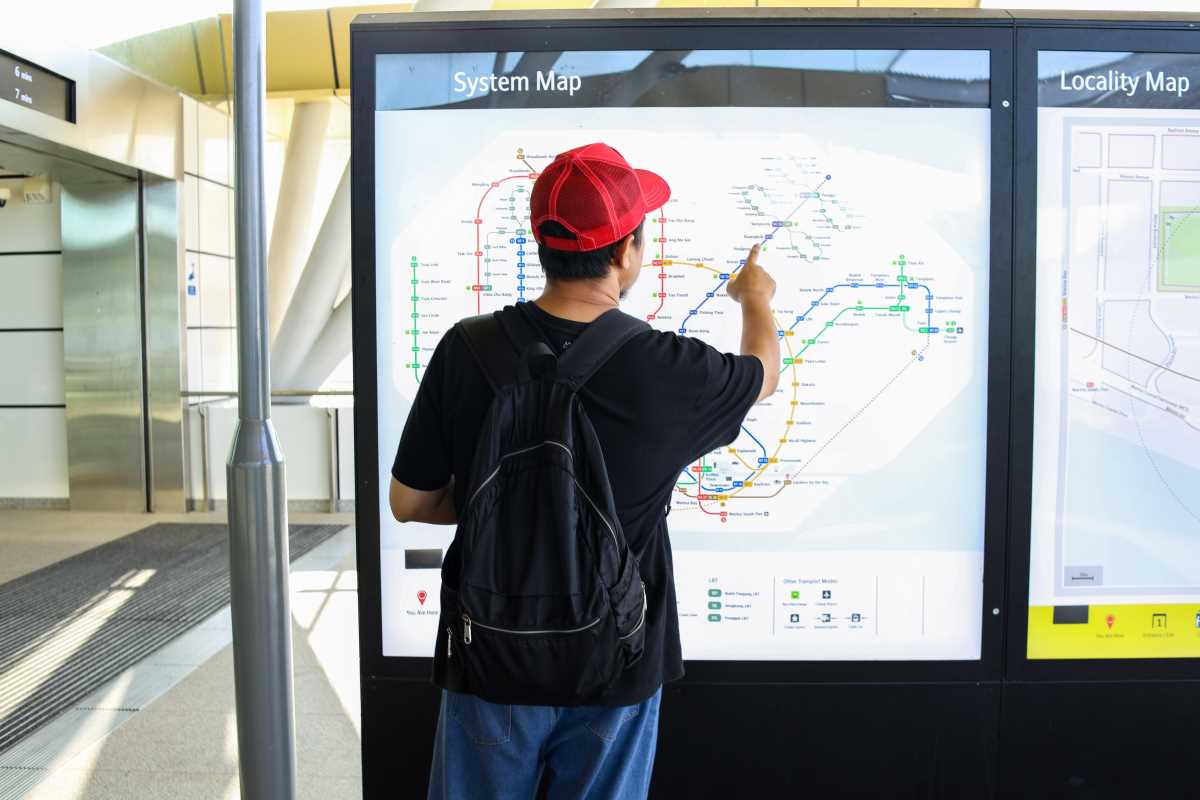Planning ahead is one of the most effective ways to save money when traveling abroad. Start by booking your flights and accommodations early, as prices tend to increase as your travel dates approach. Use price comparison websites and set up fare alerts to ensure you secure the best deals. Research your destination to uncover free or low-cost attractions and activities. Many museums and cultural sites offer discounted or free entry on specific days, so plan your itinerary accordingly. Creating a well-researched travel plan saves money and reduces the stress of last-minute decisions.
Eating Like a Local
Dining out in touristy areas can quickly drain your budget. To save money while enjoying authentic cuisine, eat like a local. Visit local markets to pick up fresh produce, bread, and snacks for picnics or light meals. Grocery stores are another great option for affordable essentials. Embrace street food as an inexpensive and delicious way to immerse yourself in the local food culture. Engage with locals to find hidden gems—small eateries off the beaten path often serve better food at lower prices than high-traffic tourist spots. Try to avoid eating out for every meal by preparing simple breakfasts or snacks in your accommodation.
Using Public Transportation
Public transportation is often the most budget-friendly and efficient way to get around in foreign cities. Instead of relying on expensive taxis or rideshares, familiarize yourself with the local bus, tram, or train systems. Many cities offer multi-day passes or travel cards that provide unlimited rides at a discounted rate, saving you money on individual tickets. Consider downloading apps specific to the city or region you’re visiting to navigate public transport easily. Walking or renting a bicycle is another cost-effective and eco-friendly way to explore destinations, especially in pedestrian-friendly cities.
Packing Smart
Packing smart can save you money on both baggage fees and unnecessary purchases. Opt for versatile, layered, mixed, and matched clothing to create multiple outfits. Packing lightweight, wrinkle-resistant items can reduce the need for ironing or extra clothing. Bring essential toiletries, a reusable water bottle, and snacks to avoid overspending on overpriced convenience items. If you're traveling with technology, such as cameras or laptops, pack all necessary chargers and adapters to avoid the hassle of buying replacements abroad. Keeping your luggage light and organized can also make navigating airports and public transportation easier.
Avoiding Tourist Traps
Tourist traps are notorious for inflated prices and underwhelming experiences. To save money, do your research to identify local alternatives to popular attractions. Seek out neighborhoods frequented by residents, where you’re likely to find more authentic and affordable experiences. For instance, instead of dining at a restaurant overlooking a major landmark, explore nearby streets to find hidden gems offering better value. Local blogs, forums, and guidebooks can provide insider tips on where to go and what to avoid. Venturing off the beaten path saves money and allows for a more genuine connection to the culture.
Taking Advantage of Discounts
Discounts can be a great way to reduce costs while traveling. Many attractions, museums, and shops offer reduced rates for students, seniors, and certain organization members. Always carry relevant identification, such as a student ID or senior card, to access these savings. Look for city passes or attraction bundles that include multiple sites at a discounted price. Additionally, research special promotions or deals that may be running during your visit. Even small savings can add up over the course of a trip, leaving more room in your budget for other experiences.
Travel During Off-Peak Seasons
Traveling during off-peak seasons can make a significant difference in your overall expenses. Flights and accommodations are usually much cheaper when demand is lower, and you’ll benefit from fewer crowds at popular attractions. Shoulder seasons—just before or after peak travel times—offer the perfect balance of favorable weather, lower prices, and a quieter travel experience. Research the best times to visit your destination and plan accordingly to maximize savings and enjoyment.
Leverage Free Walking Tours
Many cities around the world offer free walking tours led by knowledgeable locals who share insights into the area’s history, culture, and hidden gems. These tours typically operate on a pay-what-you-wish basis, allowing you to set your budget while still enjoying a rich experience. Free walking tours are a great way to orient yourself in a new city and discover spots you might want to revisit later. Be sure to research reputable providers and consider tipping your guide as a token of appreciation.
Use Travel Apps and Websites
Travel apps and websites can be invaluable tools for saving money and organizing your trip. Use apps like Skyscanner, Hopper, and Kayak to compare flight prices and find the best deals. Platforms like Airbnb and Booking.com offer budget-friendly lodging options, while Couchsurfing connects travelers with hosts offering free accommodations. Apps like Rome2Rio or Google Maps can help you plan affordable transportation routes. Some cities have apps that provide exclusive discounts or deals for local attractions and restaurants.
By extending these tips and diving deeper into each piece of advice, you can plan a more cost-effective and memorable journey. Whether you’re booking early, embracing local culture, or using digital tools to your advantage, these strategies will help you make the most of your travel budget while exploring the world.
 (Image via
(Image via





